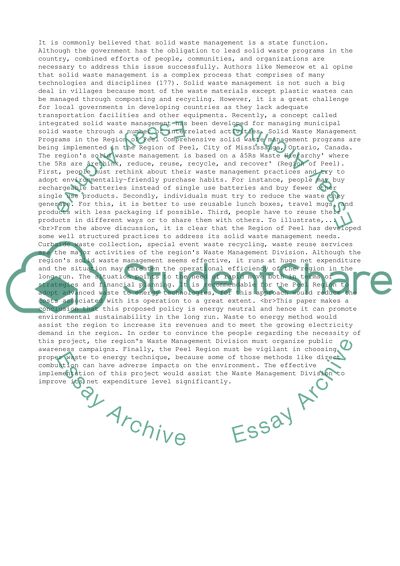Cite this document
(“Solid Waste Management Program Term Paper Example | Topics and Well Written Essays - 2000 words”, n.d.)
Retrieved from https://studentshare.org/management/1469854-solid-waste-management-program
Retrieved from https://studentshare.org/management/1469854-solid-waste-management-program
(Solid Waste Management Program Term Paper Example | Topics and Well Written Essays - 2000 Words)
https://studentshare.org/management/1469854-solid-waste-management-program.
https://studentshare.org/management/1469854-solid-waste-management-program.
“Solid Waste Management Program Term Paper Example | Topics and Well Written Essays - 2000 Words”, n.d. https://studentshare.org/management/1469854-solid-waste-management-program.


